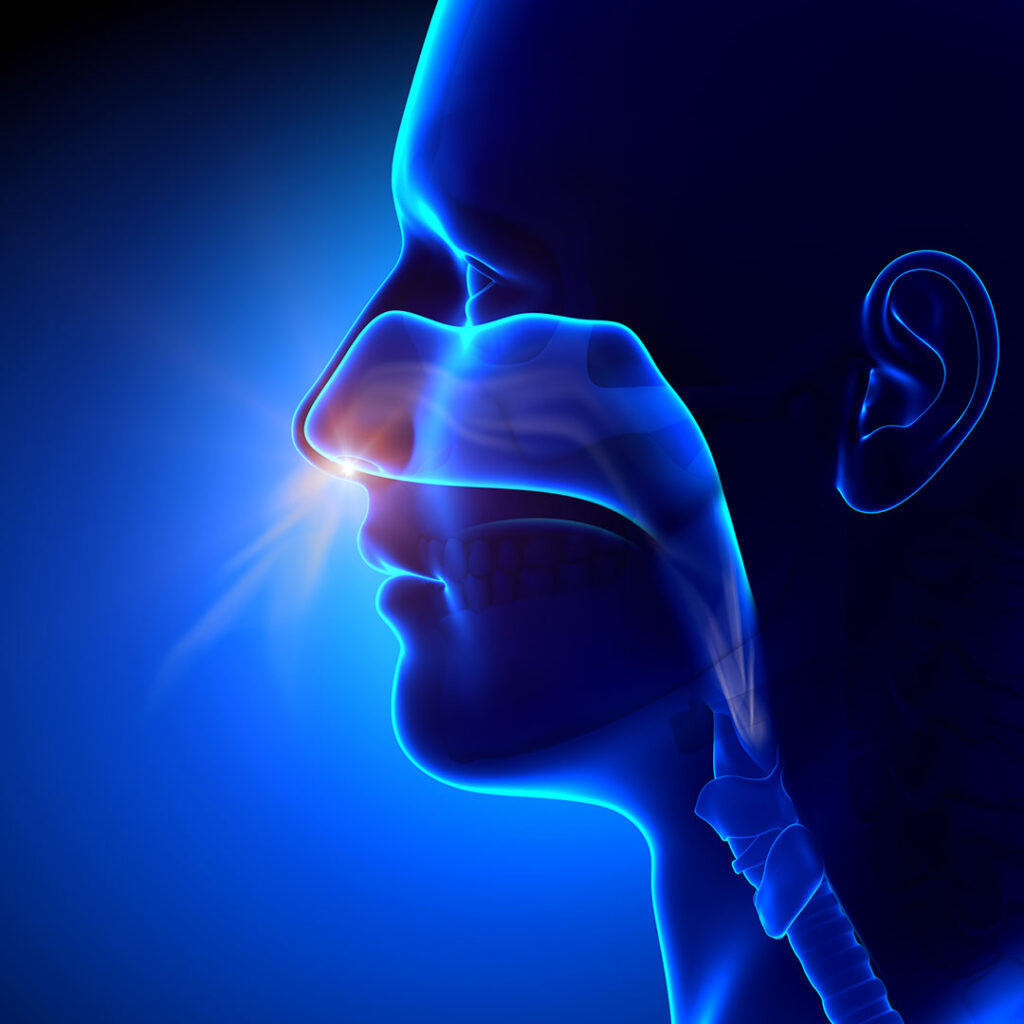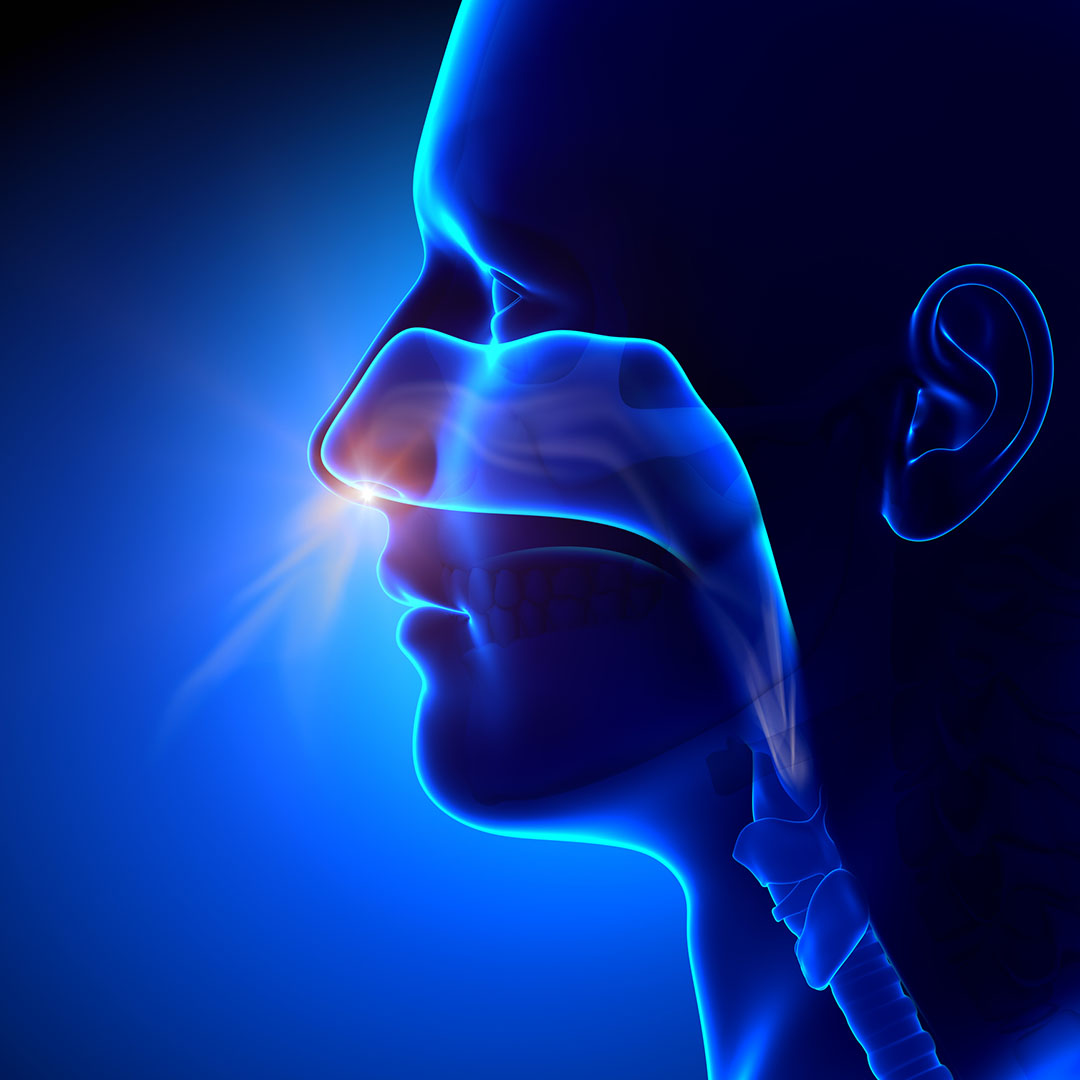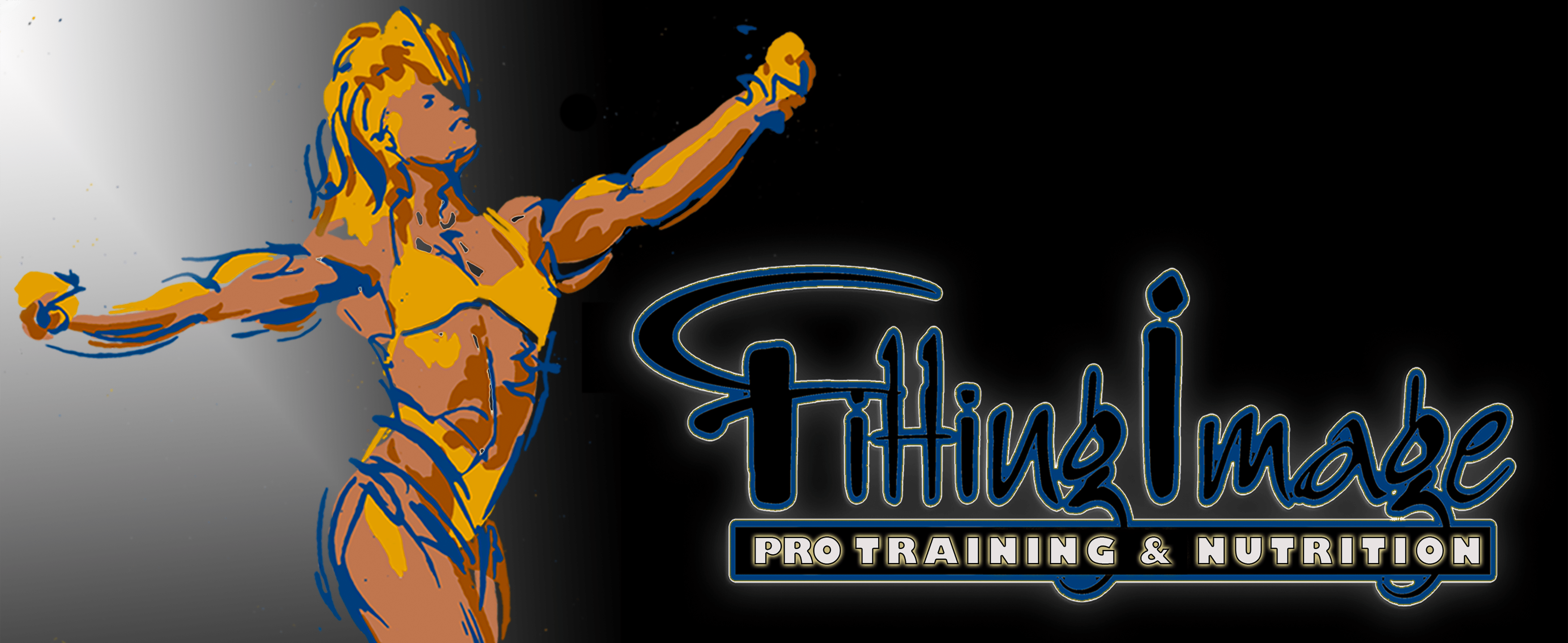
Why Nasal Breathing is Important for Your Fitness
Breathing is something we all do. But it doesn’t mean that we know how to breathe properly. When you think of it, nobody teaches us how to breathe.
But breathing is one of the most vital components of human physiology. And new research suggests that nasal breathing could be exactly what you need for maximum fitness.
Benefits of Nasal Breathing
Most people breathe through their mouth during workouts but by simply switching to nasal breathing you can help your body because when you breathe through your nose, you don’t have to work as hard to get the same amount of oxygen into the bloodstream. In other words, you’re doing less work of breathing to get the same oxygenation.
When you breathe through your nose, you can run, cycle, and do other workouts using less oxygen because you’re not having to breathe as much to perform them, which turns this not just into something healthy, but also into a performance-oriented benefit.
The respiratory system brings in oxygen for energy production by inhaling and disposing of carbon dioxide as waste by exhaling. Although the human body can breathe either through the nose or through the mouth, your dominant breathing method significantly shapes your health and fitness level.
And that’s not the only benefit of nasal breathing. Your nose hairs, cilia, and mucous membrane act as an air filtration system by preventing allergens, pollutants, viruses, and bacteria from entering into your throat and lungs. Your nose both warms and humidifies incoming air to facilitate efficient absorption of oxygen by the lungs. Nasal breathing stimulates the production of nitric oxide to vasodilate your blood vessels which can improve circulation, lower blood pressure, reduce inflammation, and improve your athletic performance. Nasal breathing can help facilitate optimal breathing patterns, leading to parasympathetic activation, increased oxygen uptake, improved lung volume, better respiratory function, improved cardiovascular health, and deeper uninterrupted sleep.
All of these benefits of nasal breathing come from the ability to expel more carbon dioxide and getting more oxygen into your cells.
How do you change your breathing?
Lead authors of the latest research say it could take up to six months to change your breathing. It all depends on your fitness level and commitment. They suggest pushing yourself until you feel the sensation of what researchers call “air hunger,” or breathlessness, and only challenge yourself as much as you can while maintaining nasal breathing. This means slowing down significantly at first and being patient.
What happens is that you are activating your vagal nerve to do the action of the lung itself when you breathe through your nose. A relaxation breath is a deeper breath. If you breathe deeply and activate the diaphragm well, and activate the lower portion of the lung, then you create some immediate relaxation. And that’s what optimizes your performance.




